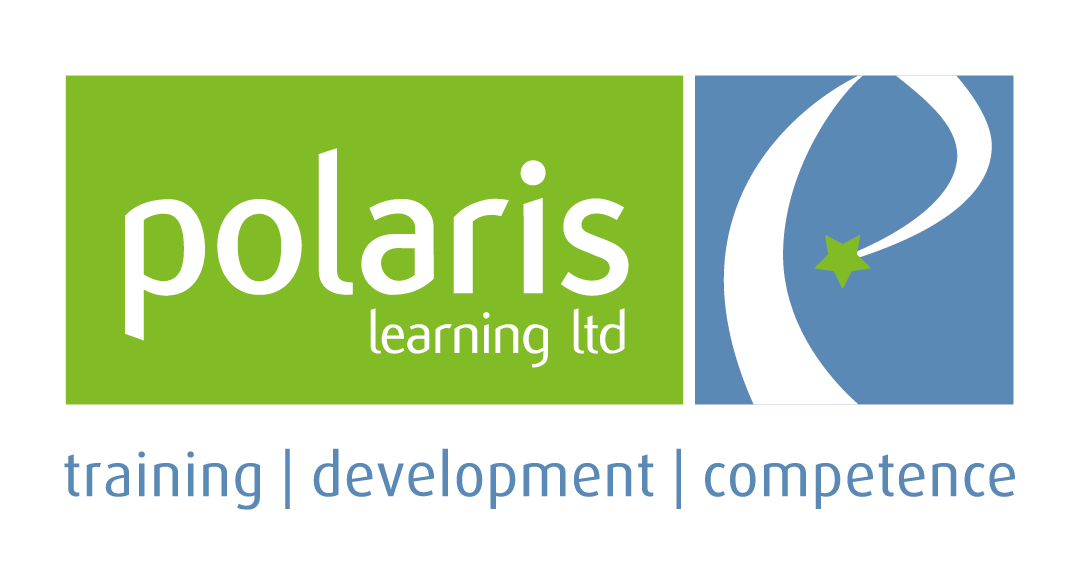The Art and Science of
Communication for Managers
We all understand that day to day communication is an essential part of being a successful manager.
Many of us will have been on leadership development programmes where we learn about communication models, how to listen, how to be heard and how to vary our approach depending on the audience.
Once we have this understanding of communication, we need to then focus on how to improve our own communication skills.
What do we need to get our message across, engage our teams or colleagues, and hear their thoughts and feedback? How do we make it work well every time that we communicate?
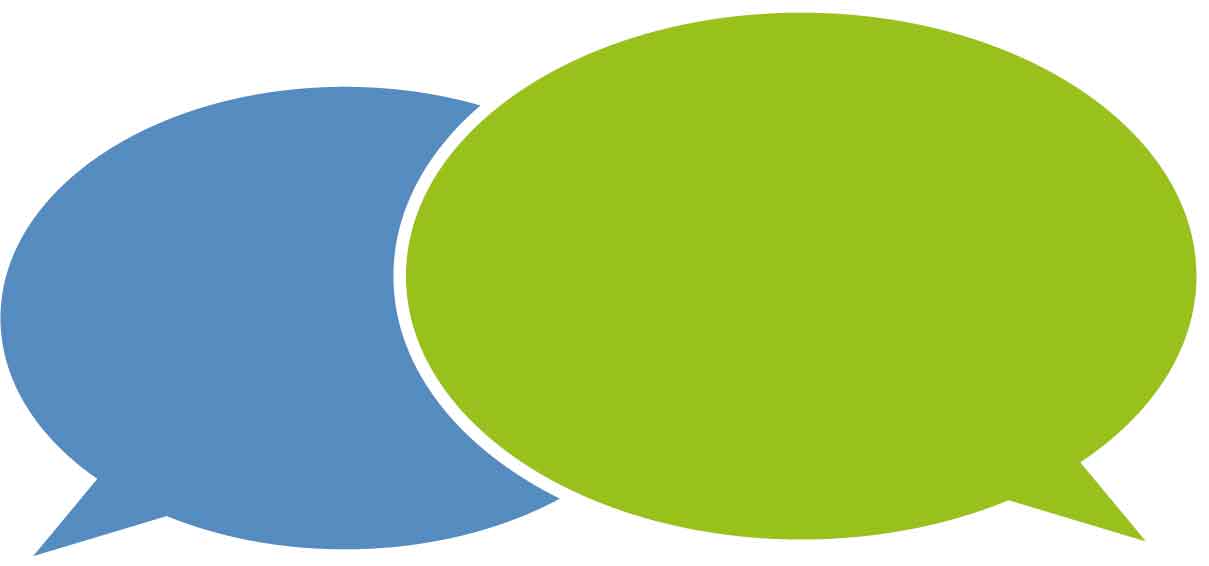
In this article, we focus on the art and science of communication. For many managers, the majority of communication will be on a one-to-one basis or to small groups, so we focus on the skills and techniques that can be used to increase engagement and make these types of communication more effective.
Whether it is meetings, one-to-one discussion, on the job coaching, tool box talks, pre-mobilisation talks, shift handovers or team updates, there are some clear areas that managers can focus on to improve the effectiveness of their communication.
Planning to Communicate
The first step is to prepare for the communication.
Most communications need some element of planning. Whether a one to one session or a shift handover, the manager needs to be clear on the audience, what the objectives of the communication are and what the resulting outcomes or actions should be.
It does not have to take a lot of time to plan, it might only take a few minutes but without a clear idea of what is required, the manager is very unlikely to get the results that he or she needs.
Tone and Manner
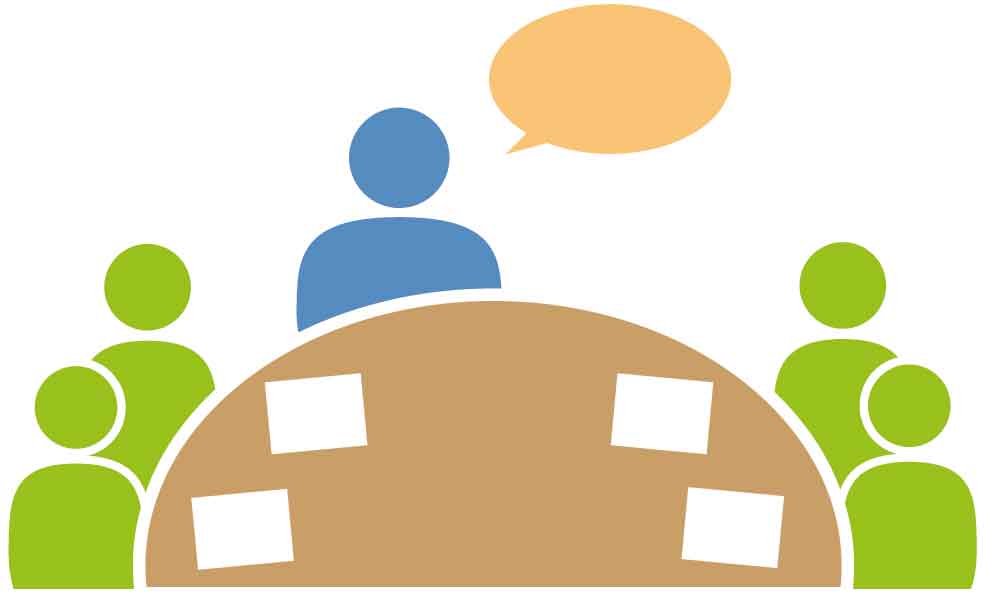
The focus here is on you audience: the size of the group; job positions, for example, operational roles or leaders; the department focus including the type of work as well as the level of risk involved; and the importance and significance of the topic that is being discussed. All of this will influence the tone and manner that will be best to communicate your message clearly.
Pronunciation needs to be clear; mannerisms need to be observed and the audience needs to feel at ease. Your tone and manner should also encourage people to interact with you, ask questions or to be open with their opinions. However, depending on the type of communication, interruptions that are badly timed or unhelpful, need to be controlled.
Pace and Structure
So, you have a plan in place and an idea of how to approach your communication, and now you need some structure.
Stick to your plan. Stray from it and you risk losing your focus and repeating what you have said or missing out important parts. Equally, in more informal communications, you need to be able to respond on the spot to feedback that you are receiving and be confident to adjust your approach accordingly.
Look at your pace; go too fast and you risk losing your audience’s ability to understand what you are saying, to respond or to retain the information. Go too slow or be too hesitant and you will not sound confident or knowledgeable, or people will switch off.
However, a varied pace can be used to help emphasise a point or allow time for reflection or questioning. It can also help keep the audience more interested.
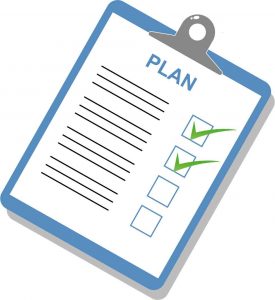
Communication and Language
The first part of this area is to be careful about the language that you use. This means using clear and straightforward language, avoiding acronyms or technical language that is not understood by your audience, as well as avoiding metaphors.
It means being as accurate as you can in what you say so that you do not leave room for the people you’re talking with to draw different conclusions or to make assumptions about what you actually mean.
Shorter, less complicated sentences, as well as visuals where appropriate, can help improve the communication.
The other areas to focus on here are speaking confidently, starting the communication clearly to explain what the purpose of the communication is as well as closing the communication effectively at the end.
Interaction
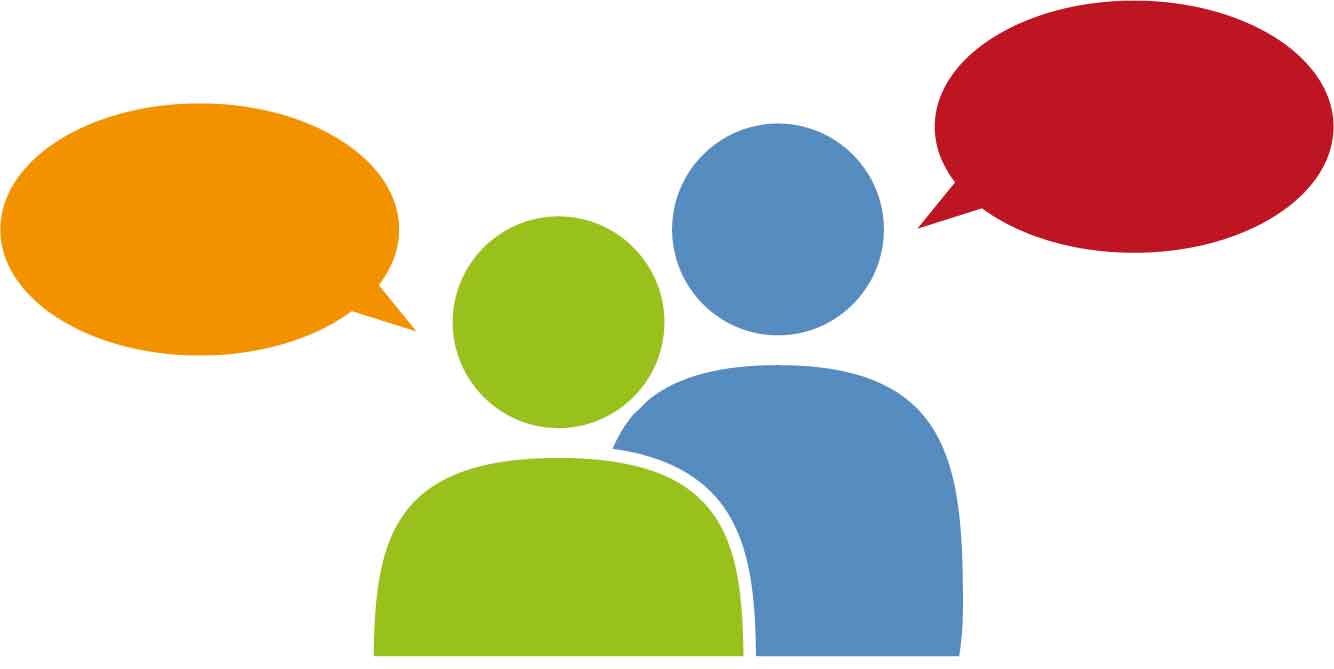
Most communications require interaction, even more formal presentations.
Interaction is essential for you to know that you are being understood, to find out what others are feeling and thinking, and to make sure that everyone feels that the communication has been successful. Without interaction, there is unlikely to be full engagement, so you probably will not see the results that you’re looking for.
Even if you have a long checklist of items that need to be covered off, you still need to allow time for discussion or clarification. Your plan prior to the communication can help you work out how to achieve the most appropriate interaction in the time that you have.
Using open questions to seek feedback, ensuring everyone has the opportunity to input, using feedback to emphasise points and knowing how to handle difficult situations are all important skills to develop.
Purpose and Presence
Enthusiasm and energy, a clear introduction and re-cap on main points through the communication will help you to create presence. Speaking assertively and sharing your own views will help to bring the subject to life as well as keeping people interested.
The energy and enthusiasm levels need to be maintained throughout or you risk losing people’s attention.
If you have a lot of interaction with your audience this also needs to be managed, to ensure you still achieve the outcomes that you need. Getting the balance between discussion and presenting the information is important, as well as checking the understanding of everyone involved in dealing with any negativity in a constructive way.
What Next?
We know that we have covered a lot in this article. It takes time, practice, feedback, reflection and training to be an excellent communicator. It is a continuous journey as there is always more to learn.
But being aware of what to consider, seeking feedback and reviewing how you communicate, will all help with improving your ability to communicate effectively.
Please Get in Touch
If you would like some help with how you or your team members communicate, please get in touch.

